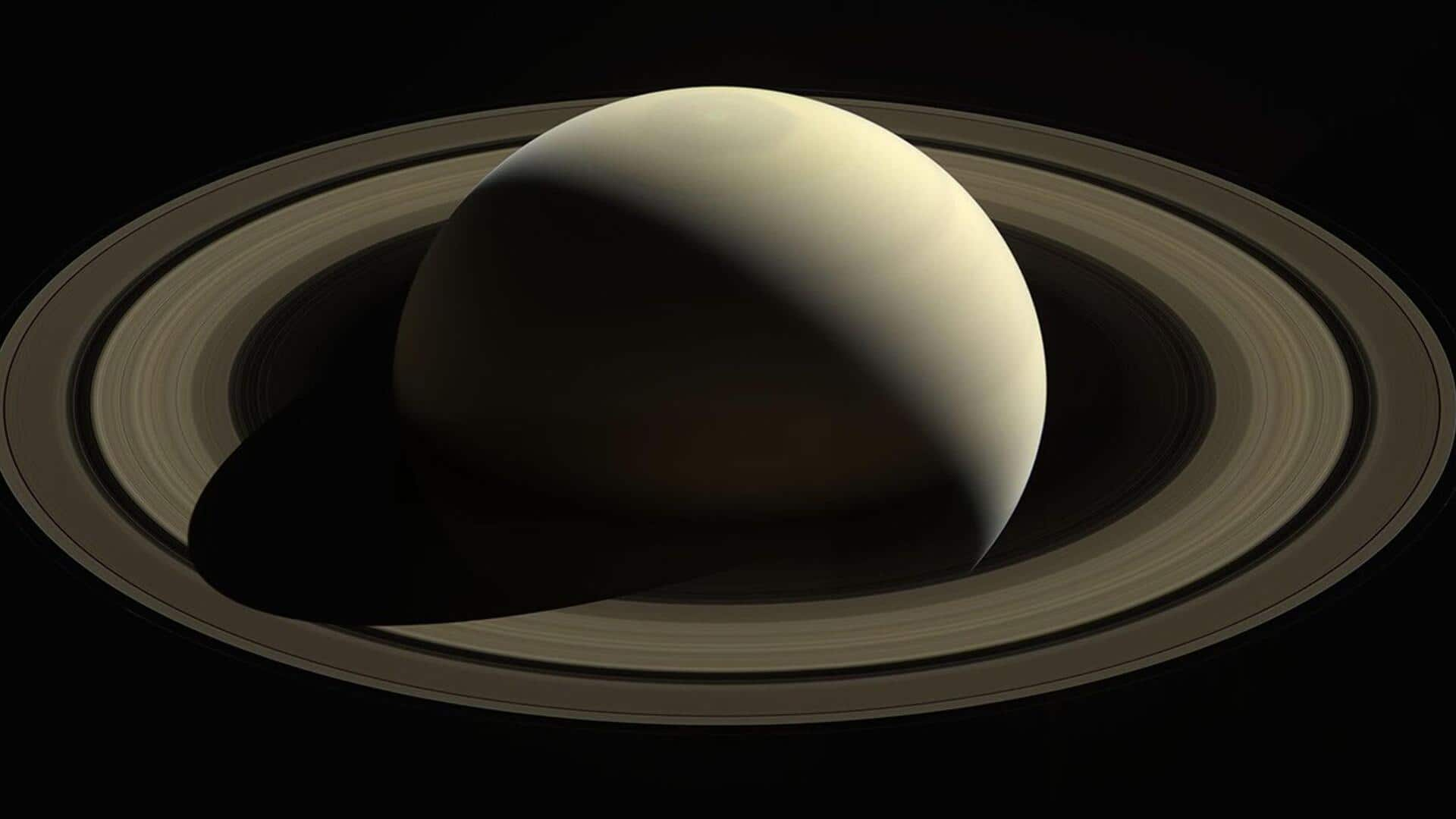
Saturn's atmosphere has strange features unseen in the solar system
What's the story
The James Webb Space Telescope (JWST) has unveiled strange and intricate features in Saturn's atmosphere, never before seen on any planet in our solar system. The findings were shared by Professor Tom Stallard of Northumbria University, UK, at the EPSC-DPS2025 Joint Meeting in Helsinki. They were also published in Geophysical Research Letters. "This opportunity to use JWST was the first time we have ever been able to make such detailed near-infrared observations of Saturn's aurora and upper atmosphere," said Stallard.
Discovery
Continuous observation for 10 hours
The international team of 23 scientists made the discoveries during a continuous 10-hour observation period on November 29, 2024. They focused on detecting infrared emissions by H3+ ions, a positively charged molecular form of hydrogen. This ion plays a key role in reactions in Saturn's atmosphere and can provide valuable insights into its chemical and physical processes.
Atmospheric features
'Bead-like features' in ionosphere
Using JWST's Near Infrared Spectrograph, the team observed H3+ ions from Saturn's ionosphere and methane molecules in the underlying stratosphere. In the ionosphere, they observed a series of dark, bead-like features embedded in bright auroral halos. These structures remained stable but appeared to drift slowly over longer periods. In Saturn's stratosphere, an asymmetric star-shaped feature extending from the north pole toward the equator was discovered.
Pattern analysis
Findings may help understand gas giant dynamics
The team has mapped the exact locations of the features, and found that they overlaid the same region of Saturn at different levels. This suggests that the processes driving these patterns may influence a column stretching right through Saturn's atmosphere. "We think that the dark beads may result from complex interactions between Saturn's magnetosphere and its rotating atmosphere," said Stallard, adding that "the asymmetric star pattern suggests previously unknown atmospheric processes operating in Saturn's stratosphere."
Research potential
Follow-up observations needed to explore more
The team hopes to get more time in the future to do follow-up observations of Saturn with JWST. These would help further explore these features and their implications for understanding atmospheric dynamics on gas giant planets. "Since neither atmospheric layer can be observed using ground-based telescopes, the need for JWST follow-up observations during this key time of seasonal change on Saturn is pressing," Stallard added.